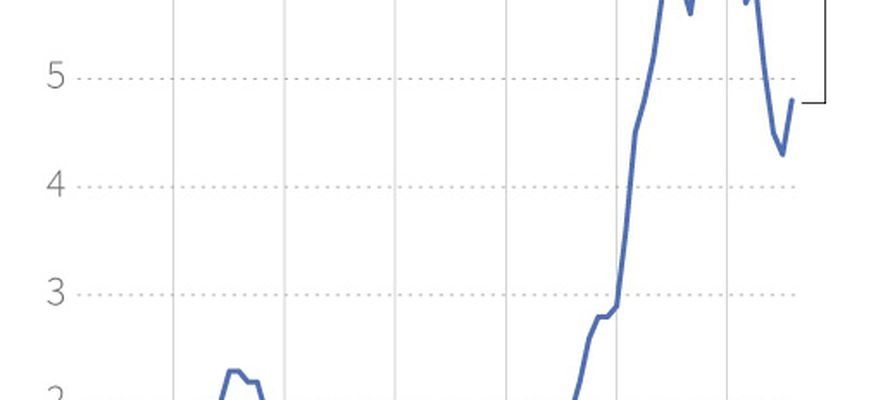The outlook is encouraging if we compare them to our German neighbors… A slowdown but not a “recession”: the French economy should slow down in the third quarter while continuing to demonstrate “resilience” against a backdrop of easing prices, declared this Tuesday, September 12, the governor of the Bank of France to AFP.
“Our diagnosis is that a slowdown is undoubtedly confirmed. But it is a slowdown, not a reversal of activity,” indicated François Villeroy de Galhau, “and even less a recession.”
“There is a certain resilience of the French economy around weakly positive growth,” he continued, stressing that this was part of a context of declining inflation, including “the peak ” has passed and which offers “encouraging prospects”.
An unexpected rebound of 0.5% in gross domestic product
After a second quarter marked by an unexpected rebound of 0.5% in gross domestic product compared to the first quarter, the central bank estimates that GDP should increase by 0.1% to 0.2% between July and September.
In August alone, activity increased in services and construction. In industry, it fell slightly due to “extended summer closures in certain sectors”, according to the institution’s monthly economic survey, published Tuesday.
Aeronautics, for example, experienced supply and recruitment difficulties last month. The automobile sector suffered from “a somewhat gloomy final demand”.
A slower pace for services
For September, activity should increase in these three major sectors, but at a less sustained pace for services, notes the Banque de France based on this survey carried out among around 8,500 business leaders. between August 29 and September 5.
Industry (particularly automobiles and aeronautics) would benefit from the postponement of production not carried out in August. But, a sign of the slowdown, “beyond that, order books deteriorate to levels below their long-term averages”.
On the price front, the trend is towards calming, or even falling, thanks in particular to the easing of raw material prices. According to the survey, the proportion of companies having increased their prices is falling further to “approach its pre-Covid levels”.
Inflation in France
© / afp.com/
Thus, 4% of manufacturers said they had increased their prices in August, compared to 9% in July and 21% in August 2022. Above all, 6% lowered them, which “gives hope that the current disinflation movement will continue over the coming quarters”, underlined François Villeroy de Galhau who welcomed the “effectiveness” of monetary tightening.
Engaged in a fight against inflation through interest rate increases since the summer of 2022, the European Central Bank (ECB) must reveal on Thursday whether it is carrying out a new increase or if it is taking a pause. This relaxation of prices can also be explained by better fluidity of supplies. Delivery difficulties had slowed down the recovery of many sectors of activity after the pandemic: 10% mentioned them in construction and 17% in industry, compared to respectively 13% and 21% in July.
“The desire to recruit”
In terms of recruitment, however, the difficulties remain significant: they still affect 50% of companies, compared to 52% in July. Aeronautics is particularly affected.
“Companies always want to recruit. This is a trend that we observe in almost all advanced economies,” notes François Villeroy de Galhau. “The positive aspect is that while activity is slowing down, employment is holding up well. However, we must hope that these recruitment difficulties will diminish a little over time.”
For the whole of 2023, the Banque de France is a little more confident and plans to raise its annual growth forecast next week, currently 0.7%. This revision is explained by the strength of activity in the second quarter and does not call into question the current economic slowdown – even if France should escape the recession that economic institutes predict for Germany, the leading economy in the eurozone.
Last Thursday, the National Institute of Statistics (Insee) raised its growth forecast for 2023 to 0.9%, getting closer to the 1% increase expected by the government and which economic institutes still considered optimistic ago. little.
